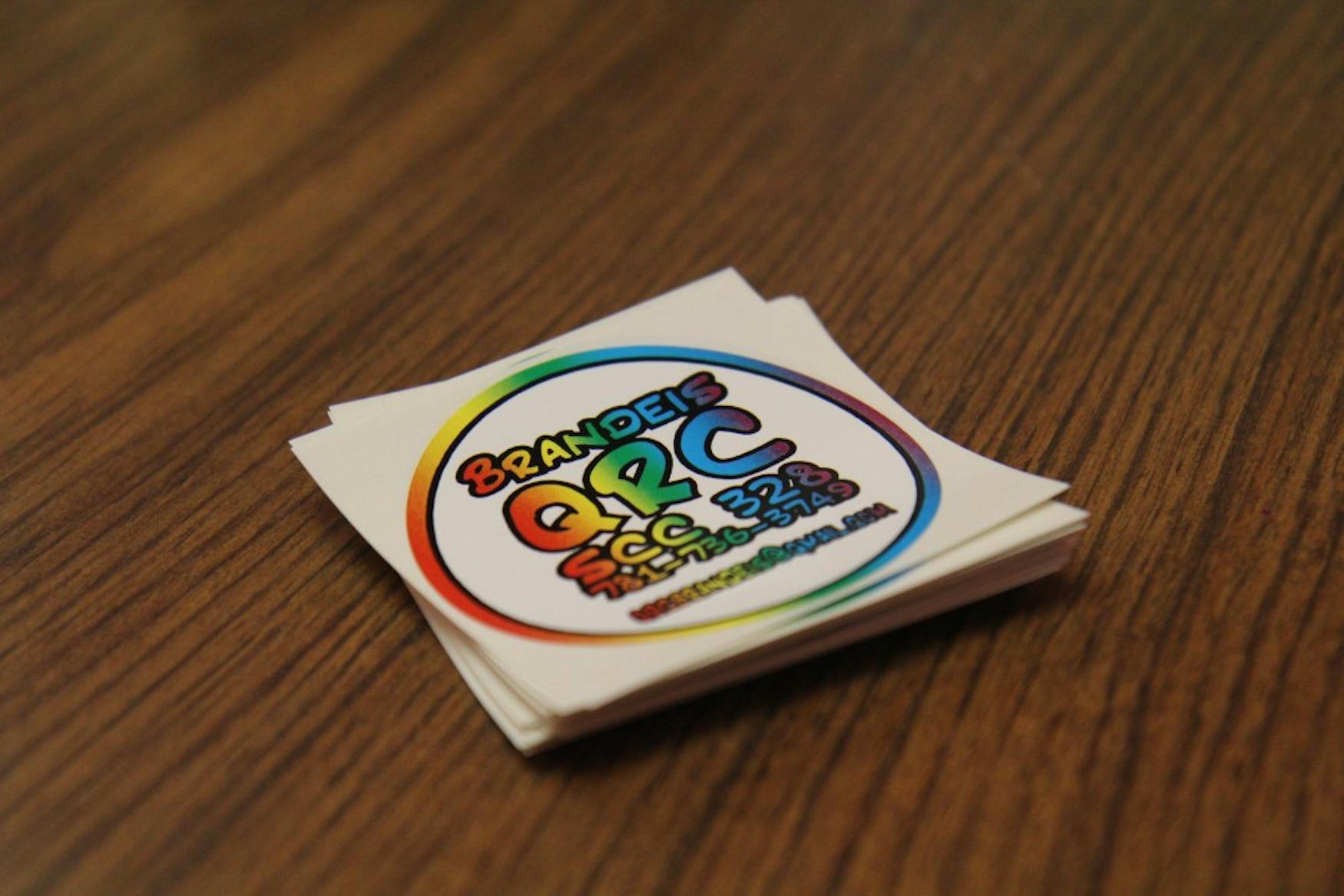A unified spectrum
The new Gender and Sexuality Center is an improved and central campus location for queer community organizations
Around this time last year, students from different LGBTQ+ groups across campus came together with a clear goal in mind: to create a Gender and Sexuality Center with a full-time program coordinator. They didn’t know how long it would take to secure funding and get the administration on board, and they couldn’t be certain that the center would ever become a reality.
As of last week, the efforts of those students have been rewarded with the completion of such a center, located on the first floor of the Usdan Student Center.
The Center will provide a home for all the branches of Triskelion and the Queer Resource Center, which were formally housed with Student Sexuality Information Services in the Shapiro Campus Center. It will also house the office of the gender and sexuality diversity program coordinator, a full-time position soon to be filled. The coordinator will spearhead education and outreach on issues surrounding inclusion, sexual orientation and gender identity and expression.
Trisk is an umbrella organization that encompasses four different clubs on campus, namely the Queer People of Color Coalition, the Sex and Sexuality Symposium Club—typically called SASS, Shalem—a Jewish queer group and TransBrandeis, an interest group advocating for everyone across the gender spectrum at Brandeis.
SASS coordinator Bethany Clark ’15 explained the center as a long-awaited and much-needed space for queer groups on campus. “Having a center in a central location staffed full-time was the next step in making the campus safer,” she said. The former space for Trisk and the QRC was tucked away in a room in the top corner of the SCC.
The need for a safe, accessible space for the LGBTQ+ community was only reinforced by the process of advocating for it. On a board with sticky notes for members of the Brandeis community to respond to the question “What would a gender and sexuality center do for you?” Certain comments along the lines of “we don’t” and “that’s so gay,” were left on the wall, according to Clark.
Clark described the previous challenge of coordinating between the Trisk groups, the QRC and SSIS—all of which were housed in the same small office space on the third floor of the SCC. “With Trisk having so many different organizations under it and the QRC having to meet one a week, it was really hard to coordinate when people could be there,” she said.
QRC staff member Nikk Wasserman ’15 reiterated that the old space presented a number of logistical issues that the configuration of the new center is designed to resolve but also stressed that “those are technical issues for us, but the Center isn’t only about us. The center is designed to best serve the [Brandeis] community as a whole,” they said.
The original task force was composed of Alex Thomson ’15, former representative to the Board of Trustees, the Queer Resource Center’s Margaret Bouchard ’14, Trisk head coordinator Molly Gimbel ’16, Queer Policy Alliance representative Michael Pizziferri ’15 and Sara Brande ’15 from TransBrandeis.
Their proposal, in addition to detailing the need for a center with a full-time staff member, “included the effect of not having visibility and a support system ... we included what other schools of our caliber have in respect to a gender and sexuality diversity center,” Gimbel wrote in an email to the Justice.
The administration has been supportive of the task force’s initiative. Much of the funding for the Center comes directly from Vice President of Students and Enrollment Andrew Flagel’s discretionary fund, a pool he gets to allocate to student initiatives of his choosing on a yearly basis.
“Personally, I think having the center is a very legitimizing factor,” said Clark. Trisk received all the funding it requested for the academic year of 2014, in contrast with previous years in which receiving funding had been difficult. Clark has high hopes the center will get the LGBTQ+ community more visibility.
In the absence of a full-time coordinator, the brunt of LGBTQ+ initiatives has fallen on the backs of students, which Clark attributes to the proactive nature of Brandeis students.”
The search for a program coordinator, organized by the Intercultural Center, is currently underway and in its final round of interviews. It seems as though the task force’s full vision for the center will become reality.
The queer community at Brandeis still has progress to make, says Clark, including getting gender-neutral bathrooms installed in more locations on campus. Many single-stall bathrooms also lack a gender-neutral designation. Yet, the Center is a huge step in the right direction. “My hope is that people will be able to come in and use the space in a way that is dynamic to what the LGBTQ/ Queer community needs,” said Wasserman.
When Clark came to Brandeis, she felt instantly enthused after attending her first Trisk event. She is devoted to Trisk’s fulfillment of her first impression of the organization. “It seemed like a community that was so welcoming and so active.” She said. “I wanted to be a part of that.”



Please note All comments are eligible for publication in The Justice.